WATCH CASE
The case protects the internal parts of a watch (movement, dial, hands) from dust, moisture, shocks, and sometimes magnetism. As much an aesthetic element as a functional one, the watch case knows few limits in terms of shape, design, materials, and colours.
Sometimes, the function of the watch influences the shape or design of its case (e.g., the rotating bezel of a dive watch). Depending on the chosen material, desired quality, and complexity of the work required, various techniques can be used for case manufacturing (stamping, machining, etc.). More artisanal methods are still very much present for small series production as well as for prototyping.
Industrial production of watch cases:
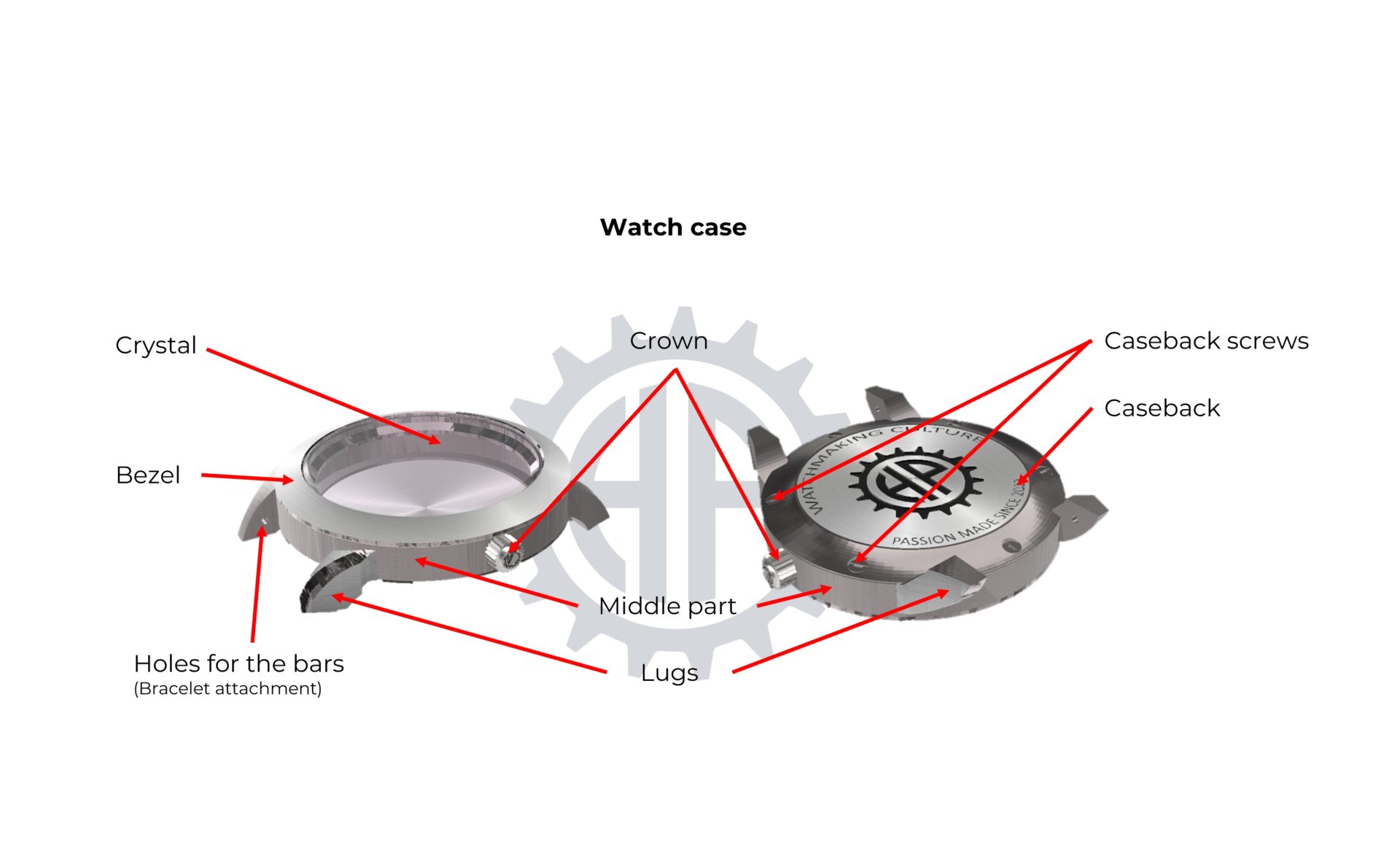

MIDDLE PART
The middle part is the basic structural element of a watch. It surrounds the movement, which is usually directly attached to it. The case also serves as the mounting point for most of the components of a watch (caseback, bezel, pushers, etc.).
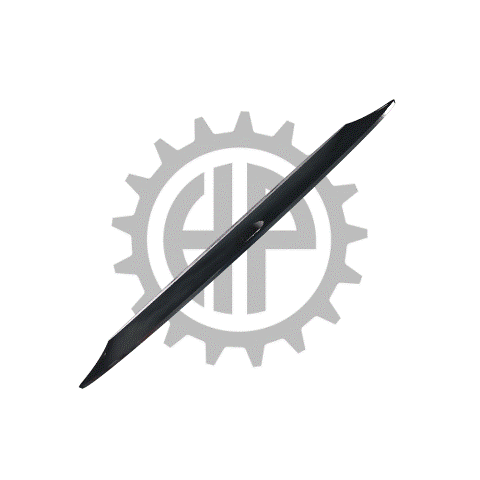
CASEBACK
The caseback is the element that seals the rear of the case (opposite to the dial). It can be screwed onto the middle part or pressed in (clipped). Sometimes, the watch case does not have a caseback. The caseback and the middle part are merged into a single component (monobloc cases).
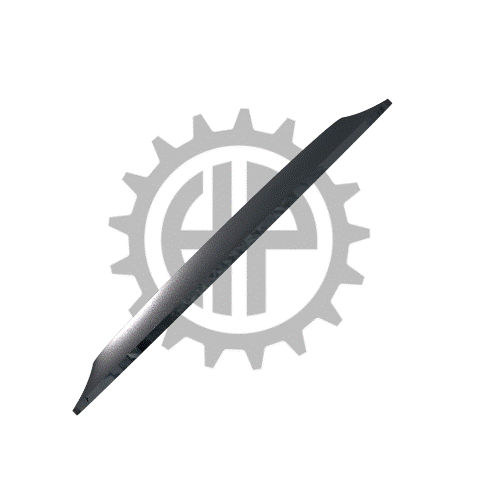
BEZEL
The bezel is a ring that closes the upper part of the case (the side facing the dial). Like the caseback, it can be screwed onto the middle part, pressed in (clipped), or even welded. Some cases do not have a bezel. The bezel holds the crystal and defines the visible outline of the dial.

LUGS
Lugs are connecting elements that allow the strap or a bracelet to be attached to the case. They can be cut together with the middle part from the same block of material. Often, when the middle part is machined, the lugs are welded or screwed onto it.
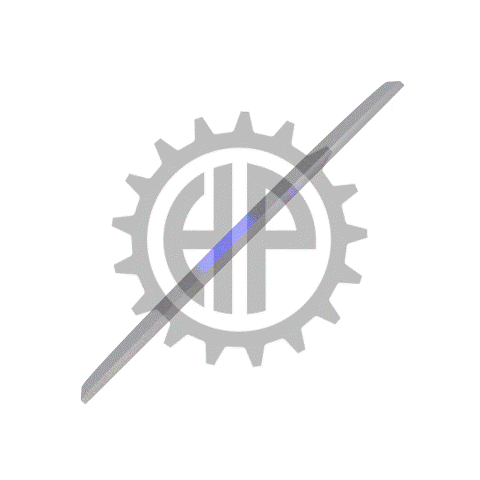
CRYSTAL
The crystal is a transparent element made of various materials, including mineral (glass) or synthetic (plastics, synthetic sapphire), and in various shapes. It protects the dial and ensures its readability. Crystals can also be found on the caseback of some watches to reveal the movement or seldom on the middle part itself.
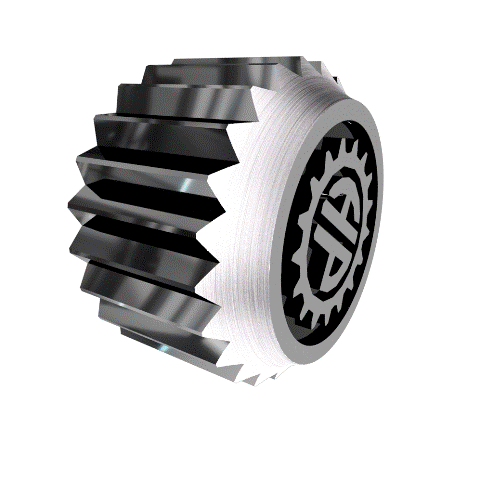
CROWN
The crown activates the winding stem at the end of which it is screwed. By pulling the crown (with multiple possible positions) and turning it, you can wind the watch, set the time, and even adjust certain functions (date, perpetual calendar, etc.).
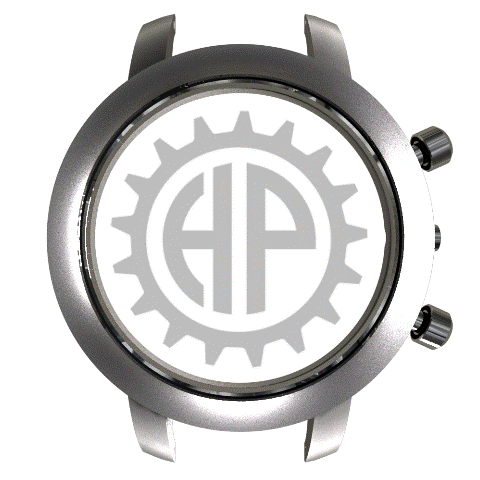
PUSHERS AND CORRECTORS
A pusher is a button that activates certain functions with a press of a finger (chronograph, alarm, etc.). Corrector usually adjusts an indication (calendar, time zones, etc.). It is also a button activated by pressure but requires the use of a special tool. Using a corrector rather than a pusher prevents unintended and involuntary adjustments.

GASKETS
A gasket is a mechanical seal that is placed between two components to ensure their watertightness (e.g., the caseback gasket ensures watertight integrity between the caseback and the case). Depending on its use and the stresses it will be subjected to, the gasket can be made of various materials (elastomers, plastics, metals) and come in different shapes (O-ring, flat, I-ring, etc.).
BECOME A CONTENT CONTRIBUTOR
HOROPEDIA is a participative knowledge platform and we invite all those who wish to contribute to this adventure of sharing watchmaking knowledge to join us.
It can be additional explanations, images or other illustrations or terms not yet identified that deserve to be.
